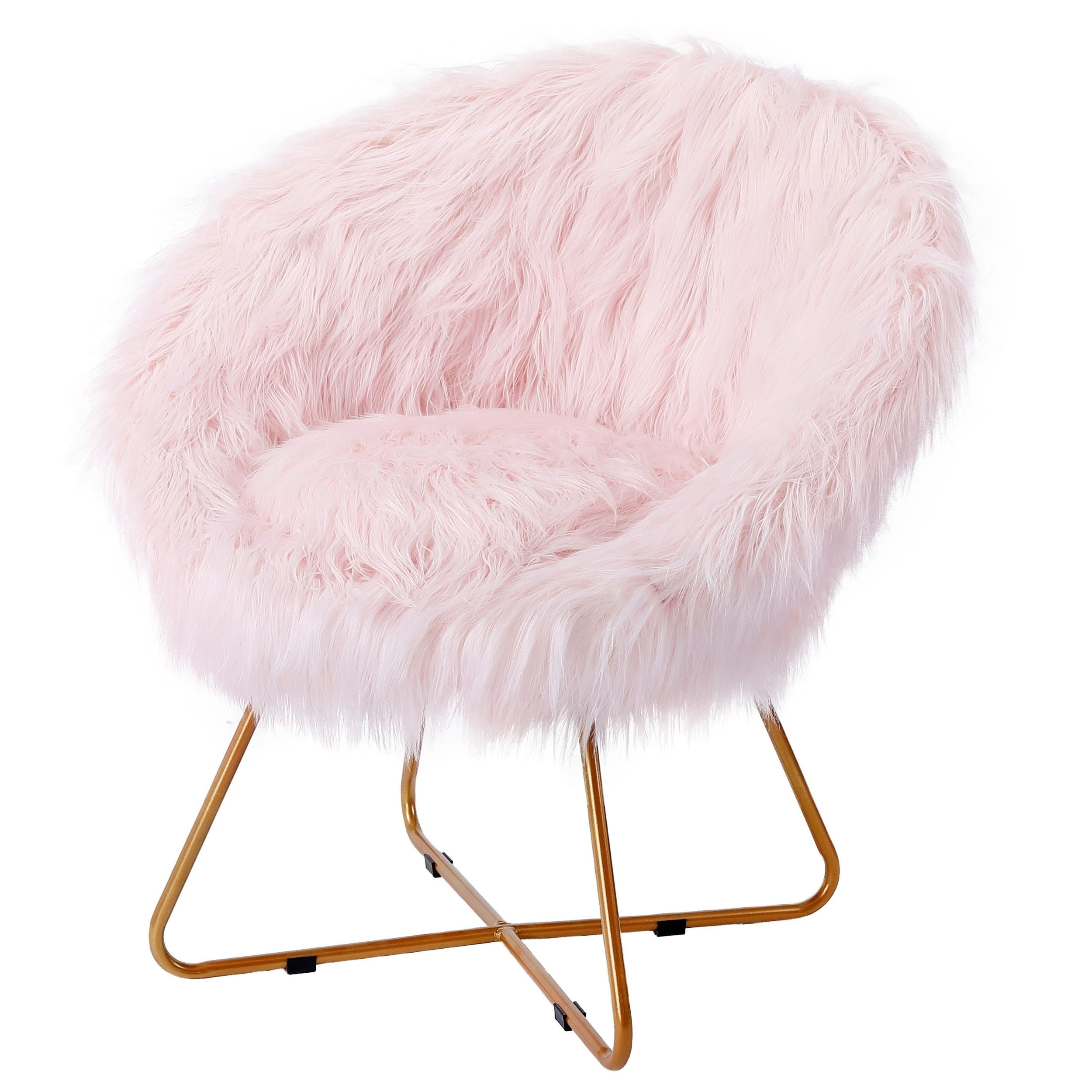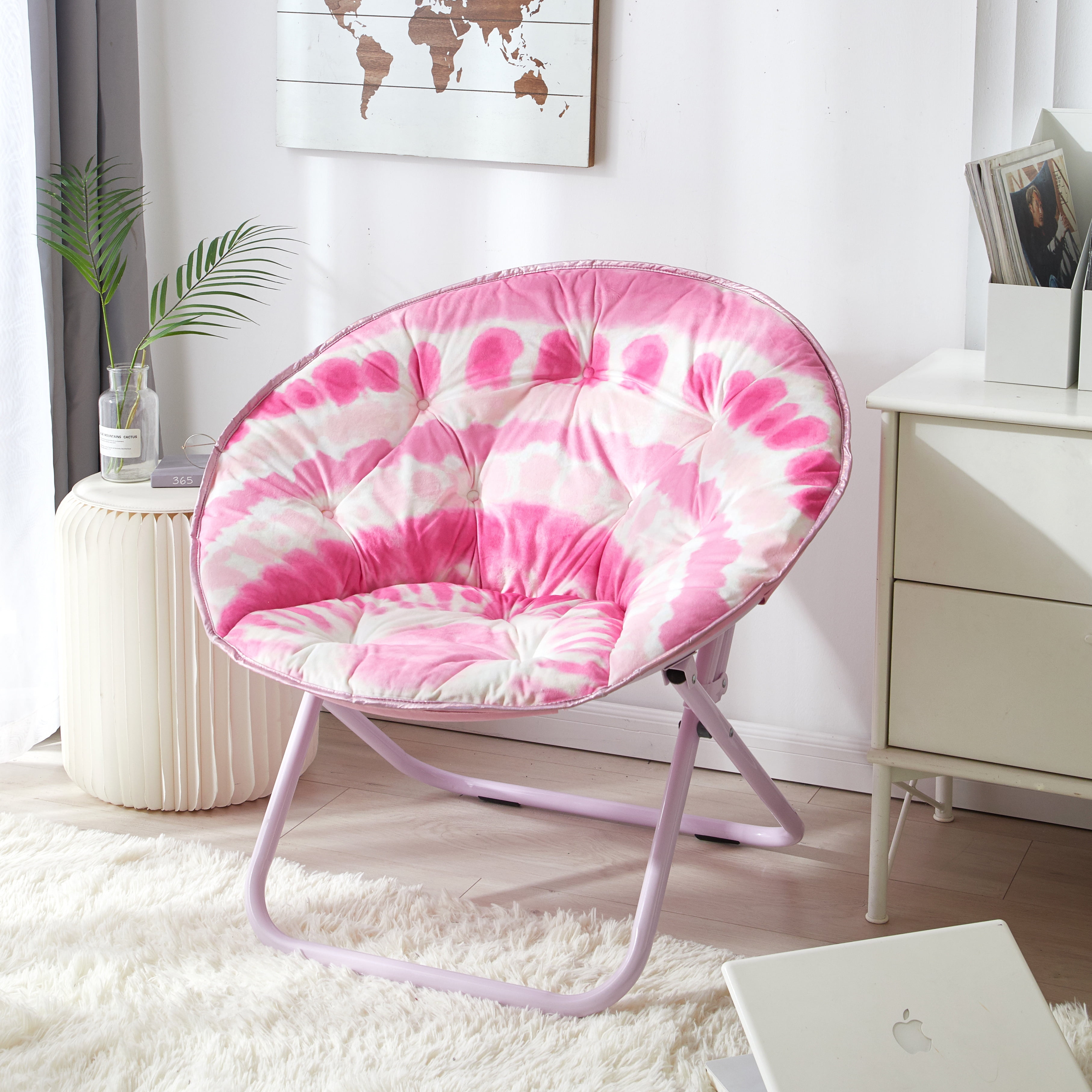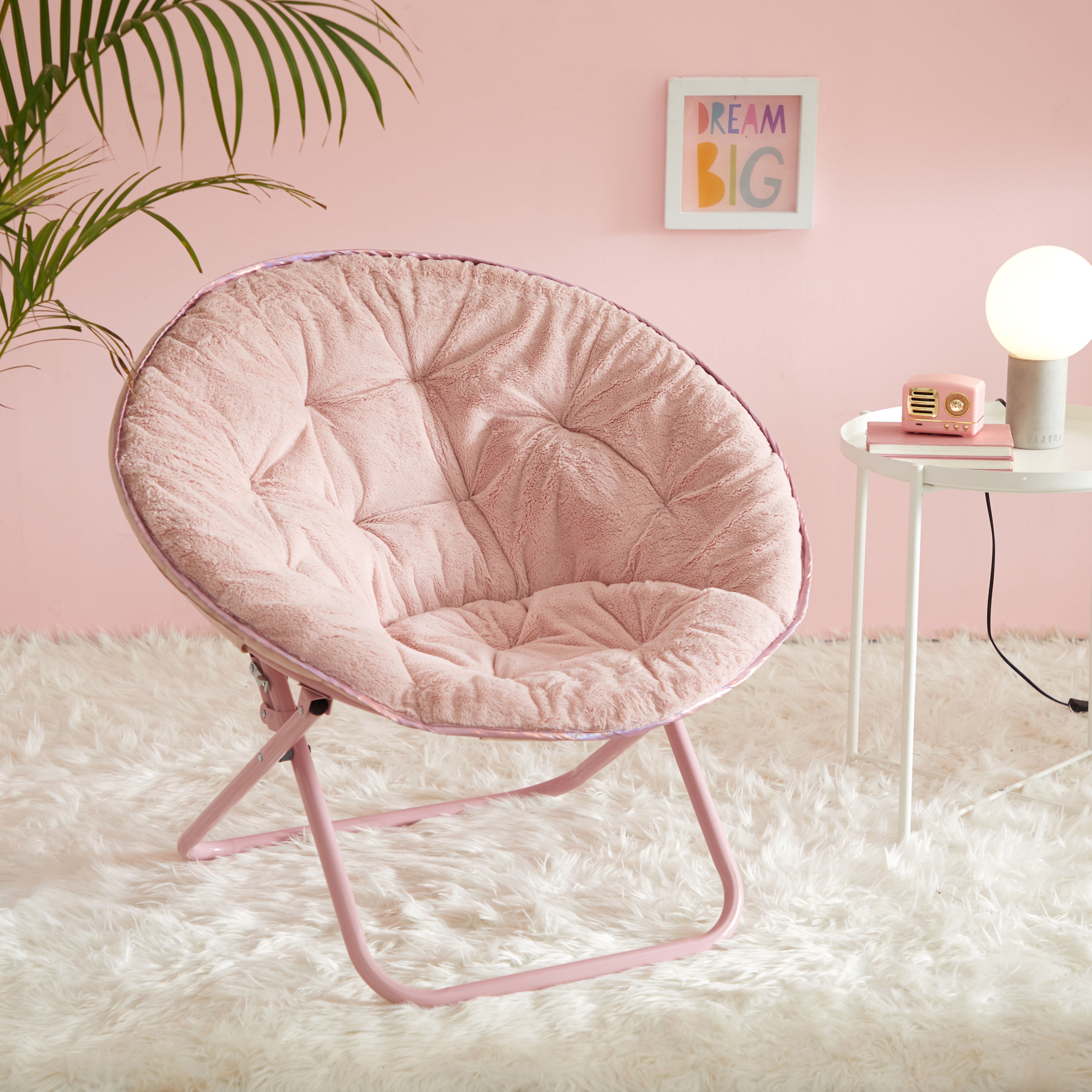The History of the Pink Fur Saucer Chair

The pink fur saucer chair, with its iconic silhouette and plush texture, holds a fascinating place in design history. Its emergence can be traced back to a confluence of cultural trends and design influences that shaped the mid-20th century.
Design Influences and Origins
The saucer chair’s design is a testament to the creative spirit of the mid-century modern movement, which embraced clean lines, organic forms, and innovative materials. The saucer chair’s distinctive shape, characterized by its circular base and gently sloping back, reflects the influence of Scandinavian design, which emphasized functionality and minimalism. The use of fur, a material that was gaining popularity at the time, adds a touch of luxury and whimsy to the chair’s overall aesthetic.
Cultural Context and Trends
The pink fur saucer chair emerged during a period of significant social and cultural change. The post-World War II era saw a surge in consumerism, leading to a demand for new and innovative home furnishings. The growing popularity of space-age design, with its emphasis on futuristic aesthetics and technological advancements, also influenced the chair’s design. Pink, a color that was often associated with femininity and playfulness, was a popular choice for home decor during this time.
Notable Designers and Manufacturers
While the exact origins of the pink fur saucer chair remain somewhat obscure, several designers and manufacturers are associated with similar designs that emerged during this period. Eero Saarinen, a prominent architect and designer, created the “Womb Chair” in 1948, a chair that shares some similarities with the saucer chair in its organic shape and emphasis on comfort. Other designers, such as Arne Jacobsen and Charles and Ray Eames, also experimented with innovative materials and forms, contributing to the broader design landscape of the mid-20th century.
Modern Interpretations and Variations of the Pink Fur Saucer Chair

The pink fur saucer chair, a symbol of 1960s and 1970s design, continues to inspire contemporary furniture designers. Modern interpretations of this iconic piece blend classic elements with contemporary materials and aesthetics, resulting in a range of styles that are both nostalgic and innovative.
Evolution of the Pink Fur Saucer Chair Concept
The pink fur saucer chair’s enduring appeal lies in its simple yet striking design. Its circular shape, low profile, and plush upholstery create a sense of comfort and intimacy. Modern designers have embraced this concept, reinterpreting it in various ways to suit contemporary lifestyles and aesthetics.
- Material Innovations: While the original pink fur saucer chair was typically upholstered in fur, modern interpretations explore a wider range of materials, including velvet, leather, and even recycled fabrics. These materials offer different textures and color palettes, allowing designers to create unique variations that reflect contemporary tastes.
- Geometric Variations: The circular shape of the original pink fur saucer chair has been adapted to incorporate geometric elements. Contemporary designs often feature variations in the chair’s shape, with some featuring square or rectangular bases, or even incorporating intricate patterns into the upholstery.
- Functional Adaptations: Modern interpretations of the pink fur saucer chair often prioritize functionality. Some designs feature adjustable heights, swivel bases, or integrated storage compartments. These features cater to the needs of modern living spaces, where comfort and practicality are equally important.
Contemporary Furniture Pieces Inspired by the Pink Fur Saucer Chair
Several contemporary furniture pieces pay homage to the iconic pink fur saucer chair, incorporating its key design elements into their own unique forms.
- The “Cloud” Chair: This contemporary chair, designed by [designer’s name], features a soft, rounded shape reminiscent of the original pink fur saucer chair. However, it is upholstered in a plush velvet fabric and features a modern base made of polished chrome. The chair’s sleek lines and luxurious materials create a contemporary interpretation of the classic design.
- The “Orbit” Sofa: This modern sofa, designed by [designer’s name], incorporates the circular shape of the pink fur saucer chair into its overall design. The sofa’s curved back and plush upholstery create a sense of comfort and intimacy, while its sleek, minimalist base gives it a contemporary edge.
- The “Cosmic” Pouf: This oversized pouf, designed by [designer’s name], is inspired by the playful, whimsical nature of the pink fur saucer chair. The pouf’s circular shape and soft, plush upholstery make it ideal for lounging, while its vibrant color and playful patterns add a touch of whimsy to any space.
The Pink Fur Saucer Chair in Art and Literature

The pink fur saucer chair, with its striking design and playful aesthetic, has captured the imagination of artists and writers, finding its way into various forms of creative expression. From paintings to novels, the chair has served as a symbol of both comfort and rebellion, reflecting societal trends and sparking discussions about design, identity, and the role of objects in shaping our lives.
The Pink Fur Saucer Chair as a Symbol of the 1960s
The pink fur saucer chair’s popularity peaked during the 1960s, a period of significant social and cultural change. This era witnessed a surge in artistic experimentation and a rejection of traditional norms, and the pink fur saucer chair, with its unconventional design and vibrant color, became a symbol of this rebellious spirit. Its presence in art and literature often reflects the counterculture movement, highlighting themes of freedom, individuality, and a desire to break free from societal constraints.
Examples of the Pink Fur Saucer Chair in Art and Literature
The pink fur saucer chair’s iconic status is evident in its appearances in various artistic works.
- In the 1967 film “The Graduate,” the pink fur saucer chair serves as a visual representation of the protagonist’s youthful rebellion and his desire to break free from the expectations of his parents’ generation. The chair’s presence in the film’s iconic scene, where the protagonist is seduced by an older woman, adds a layer of symbolism, suggesting a departure from traditional societal norms.
- The chair also features prominently in the 1968 novel “The Electric Kool-Aid Acid Test” by Tom Wolfe, a chronicle of the counterculture movement. The chair’s presence in the novel’s descriptions of psychedelic experiences and social gatherings underscores the chair’s association with the 1960s counterculture and its embrace of unconventional lifestyles.
- In the 1969 painting “The Pink Fur Saucer Chair” by pop artist Andy Warhol, the chair is depicted in a bold, graphic style, reflecting Warhol’s fascination with mass-produced consumer goods and their role in shaping popular culture. The chair’s prominent placement in the painting highlights its status as a cultural icon of the 1960s.
A pink fur saucer chair might be the ultimate in cozy comfort, but for a touch of classic modernism, you can’t beat the Vitra Eames Plastic Side Chair DSW. Its sleek lines and vibrant colors are a timeless design statement that would complement any pink fur saucer chair perfectly.
A pink fur saucer chair is a delightful statement piece, but for those who crave a touch of breezy relaxation, a deluxe Bahama hanging hammock sky swing chair is the perfect complement. Imagine yourself swaying gently in the air, surrounded by the soothing sounds of nature, while the plush fur of your saucer chair awaits you back inside.
It’s the ultimate blend of chic comfort and laid-back luxury.
